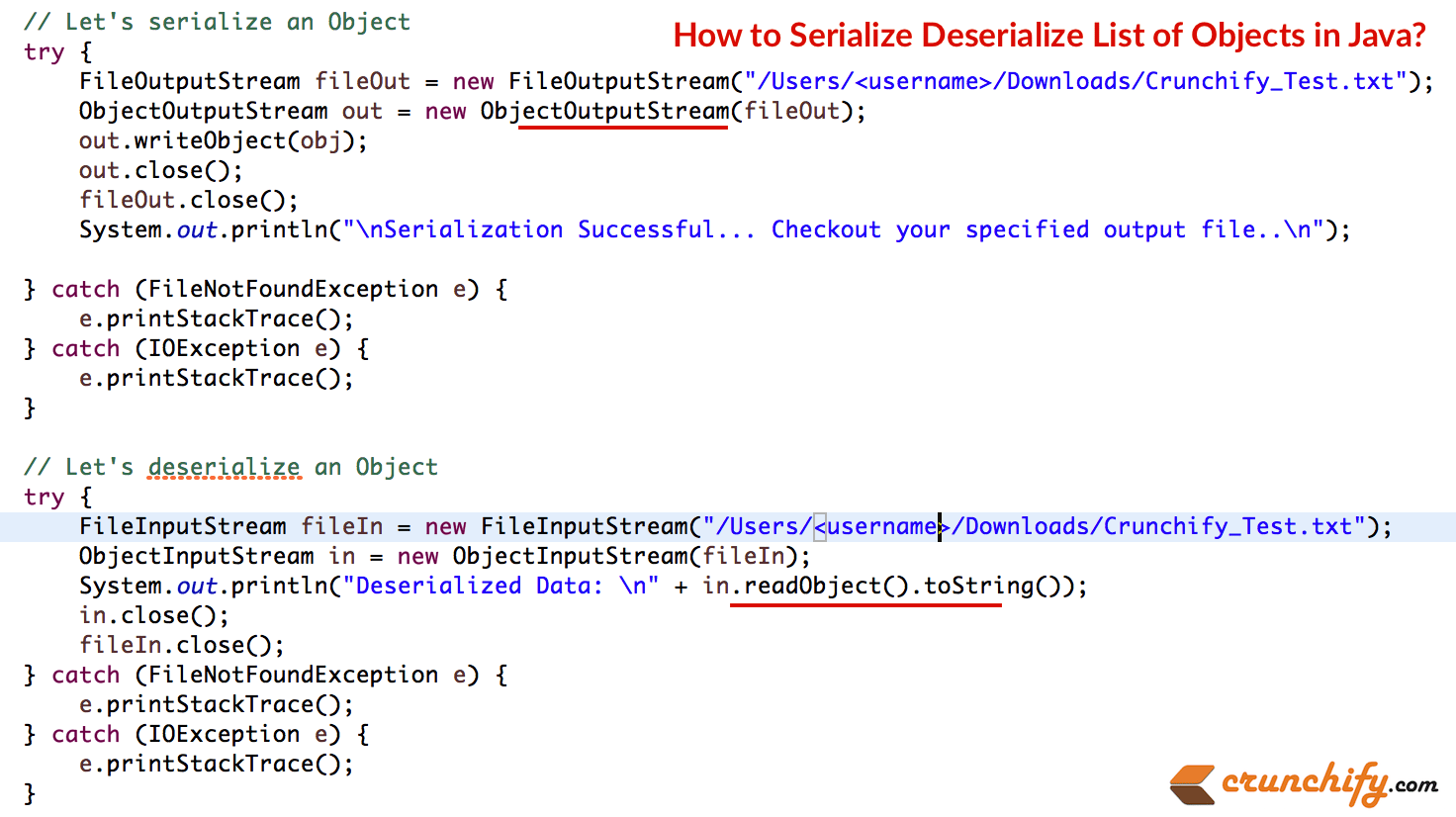
The difference between a built-in array and an ArrayList in Java, is that the size of an array cannot be modified (if you want to add or remove elements to/from an array, you have to create a new one). The methods change the list level and apply the formatting properties of the new level. The ArrayList class is a resizable array, which can be found in the java.util package.
To decrease the list level of the current paragraph by one level, call ListFormat.ListOutdent. To increase the list level of the current paragraph by one level, call ListFormat.ListIndent. Finally the person objects are printed one. Create a List to store your 2 objects and return list provided both are of same type if we fall under generics concept Final is segregate your method into 2. List formatting for each level specifies what bullet or number is used, left indent, space between the bullet and text etc. In the example below we first create a list meant for storing Person type object, after which we add persons to it. The bullet or number and formatting are added to the current paragraph and all further paragraphs created using DocumentBuilder until ListFormat.RemoveNumbers is called to stop bulleted list formatting. In Word documents, lists may consist of up to nine levels. Prior to Java 9, we have to use unmodifiableList() method of Collections class to create immutable list. To start a numbered list, call ListFormat.ApplyNumberDefault . 1.1 Creating empty immutable list before java SE 9. To start a bulleted list, call ListFormat.ApplyBulletDefault . This object has several methods to start and end a list and to increase/decrease the indent. There are two general types of lists in Microsoft Word: bulleted and numbered. DocumentBuilder provides the DocumentBuilder.ListFormat property that returns a ListFormat object. Creating Lists by Applying List FormattingĪspose.Words allows the easy creation of lists by applying list formatting. Using Guava Lists.newArrayList () Method. Java provides five methods to convert Array into a List are as follows: Native Method. Each list can have up to 9 levels and formatting properties, such as number style, start value, indent, tab position etc are defined separately for each level. A List object always belongs to the ListCollection collection. The classes ArrayList, LinkedList, Vector and Stack implements the List interface. Lists are a great way to organize data in documents, and they make it easier for readers to understand key points.Ī list in a Microsoft Word document is a set of list formatting properties. Make a list in java how to#
This topic describes how to work programmatically with lists using Aspose.Words. Lists can be used in your documents to format, arrange, and emphasize text.


Creating Lists by Applying List Formatting.






 0 kommentar(er)
0 kommentar(er)
